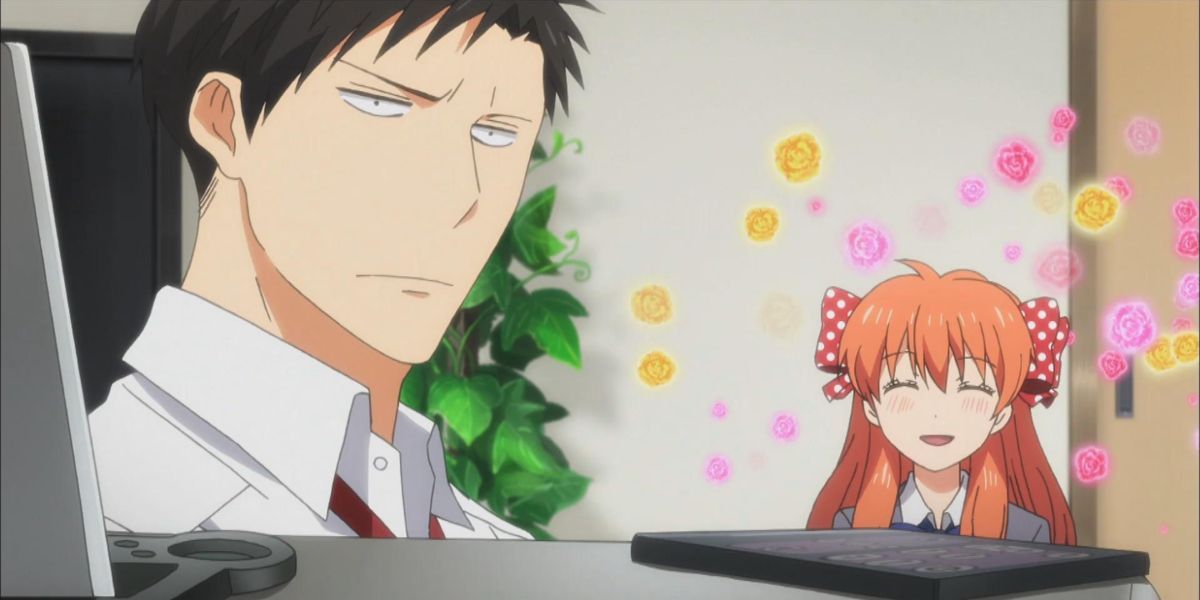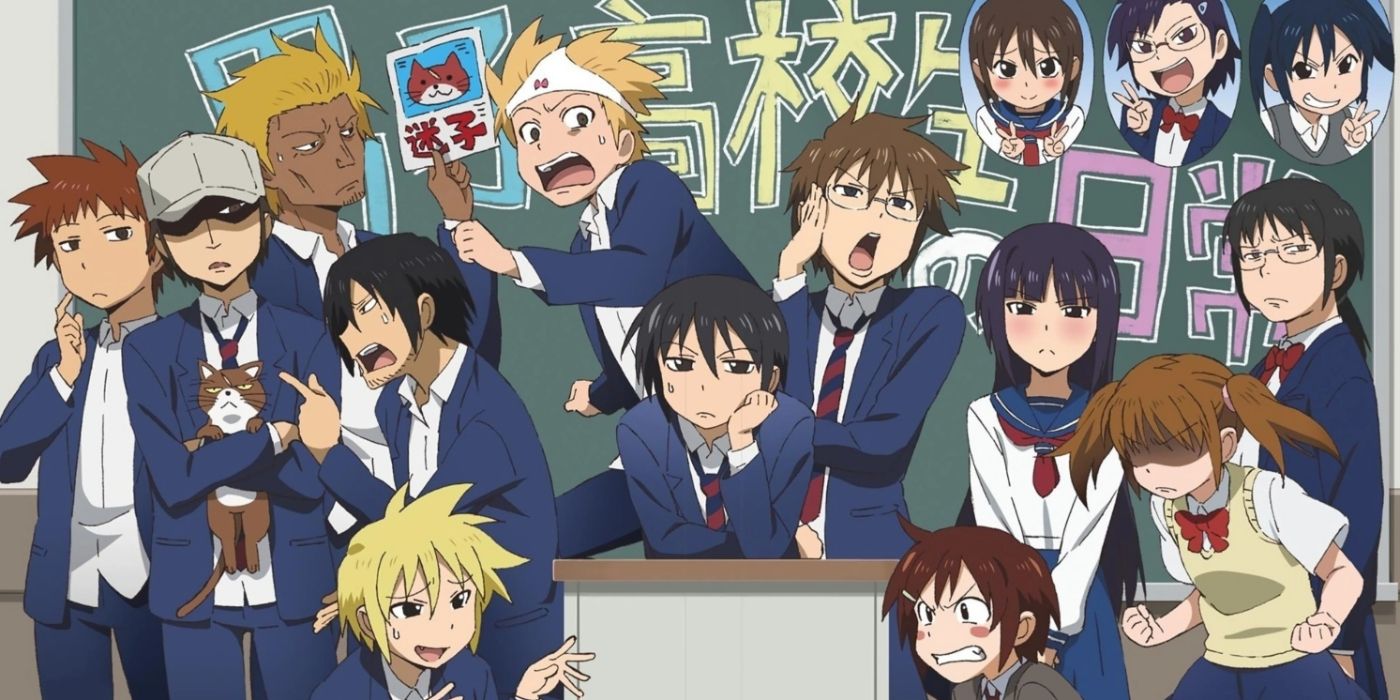Quite a lot of protagonists in anime tend to be right around the 16-17 age range. In Japan's schooling system, this usually places them in their second year of high school. Whether it be a slice-of-life story, a coming-of-age tale or even a fantasy isekai, this seems to be the most commonly picked age for anime protagonists.
It begs the question of what makes this specific age range so ideal for anime. Here's why second-year high school protagonists are seen so much more often than first- or third-year students.
Second-Year Anime Protagonists Are at an Ideal Age
The age range of 16-17 is just the right spot for coming-of-age stories. Teenagers at this age are at that awkward stage of their life where they're right at the cusp of adulthood but still young enough to be considered children in most cultures. It's the age when they start considering their futures and what they want to be, who they want to be, and where they want to be in the near future. They're young enough to still be molded and further developed, but old enough to have a clear, existing identity that would set them apart from younger protagonists who require more time to develop
While third-year students spend most of their time applying for colleges and first-year students are still struggling to adjust to their new school, second-year leads are at just the right time of their life to not have to worry about either of those things. They've already adjusted to their school, but are still young enough that college still feels like a lifetime away (even if it's really just two years out). They're able to use their time however the author wants them to, be it getting into silly shenanigans, studying for tests, or just going through all the quintessential events high school life has to offer.
Second-Year Anime Protagonists Have the Most Flexibility
In terms of storytelling, second-year anime protagonists have more flexibility in how the author can write the story. Being in the final year of high school, third-years often limit how long a series can go on. Additionally, most older characters tend to already be fairly well-developed as they're close to graduating and have been through all the ups and downs high school life has to offer. It's why most anime, especially sports-themed series, have placed these characters in more authoritative positions.
While first-year protagonists are more common than third-years, oftentimes the story follows them long enough that they eventually transition to their second year of high school. As this happens, they too get to experience what most second-year protagonists do, by taking on the senpai role and more responsibilities for the first time. But unlike first-year and third-year characters, second-years can act as both mentors and mentees to younger and older students respectively. Because there are only three years of high school in Japan, this is something unique to only second-year characters, giving them even more flexibility over their younger and older counterparts.



